Cup noodles have become great travel companions
Oh cup noodles, how you have accompanied us through our travails all over the world. Many turn to you for a heart- and stomach-warming meal during wintry nights in hotels. Some of us bring back cartons as souvenirs, and would request for it on overnight flights the moment we smell another passenger having one. It is a love that has transcended borders and cultures.
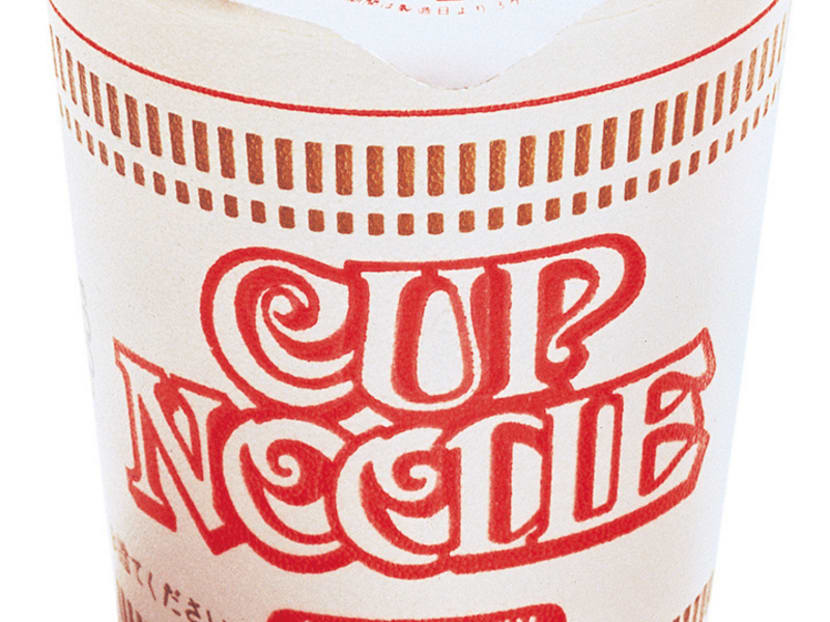
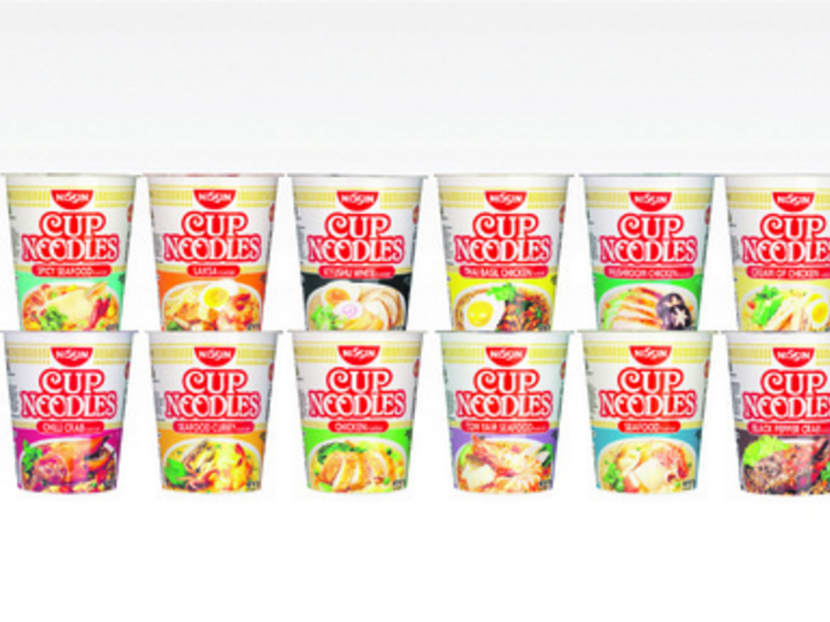
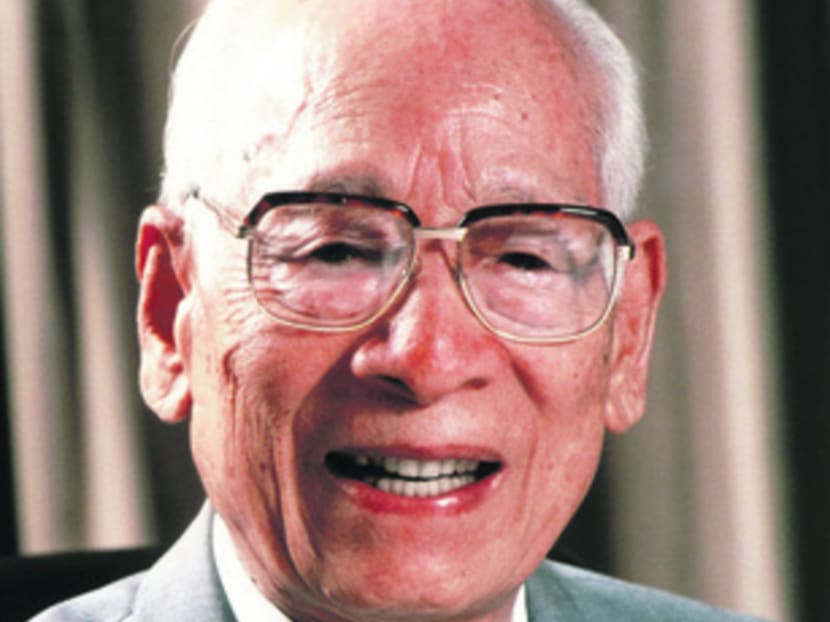
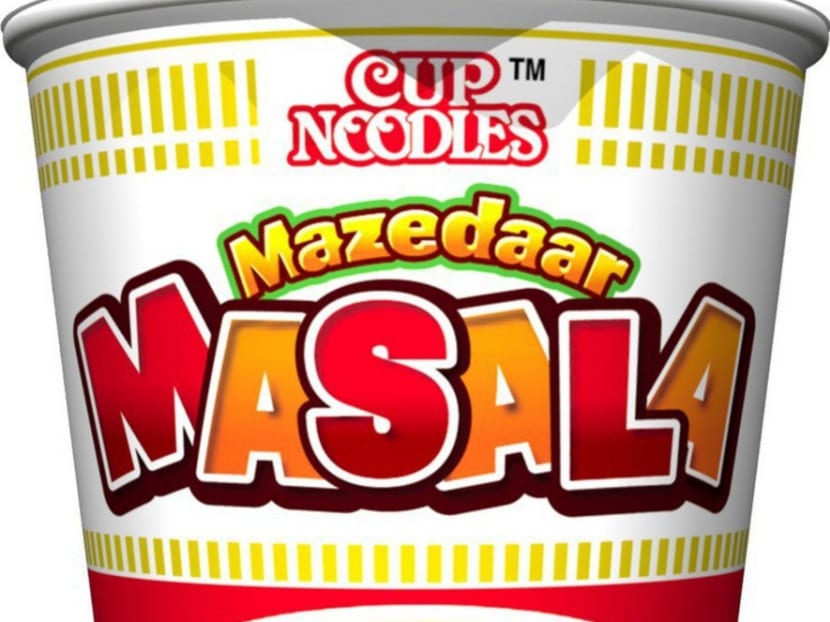
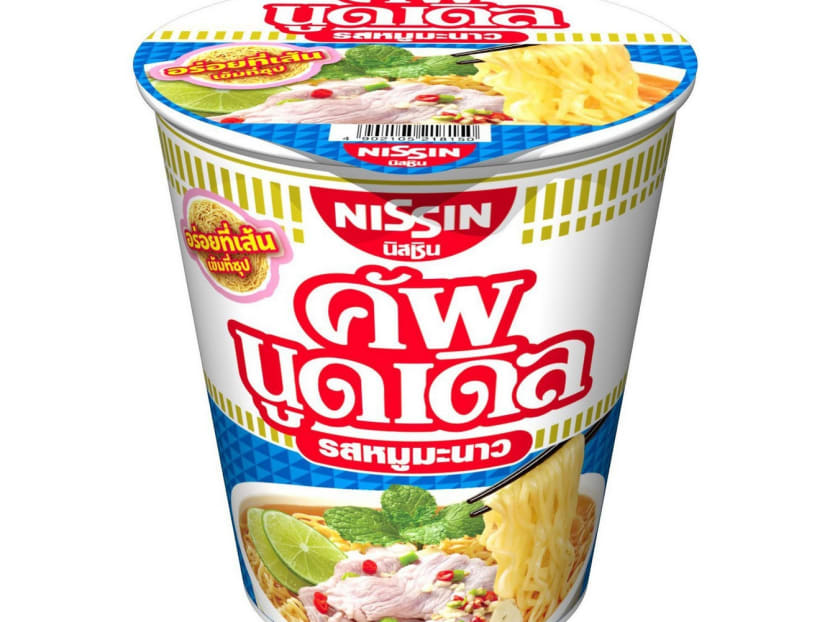
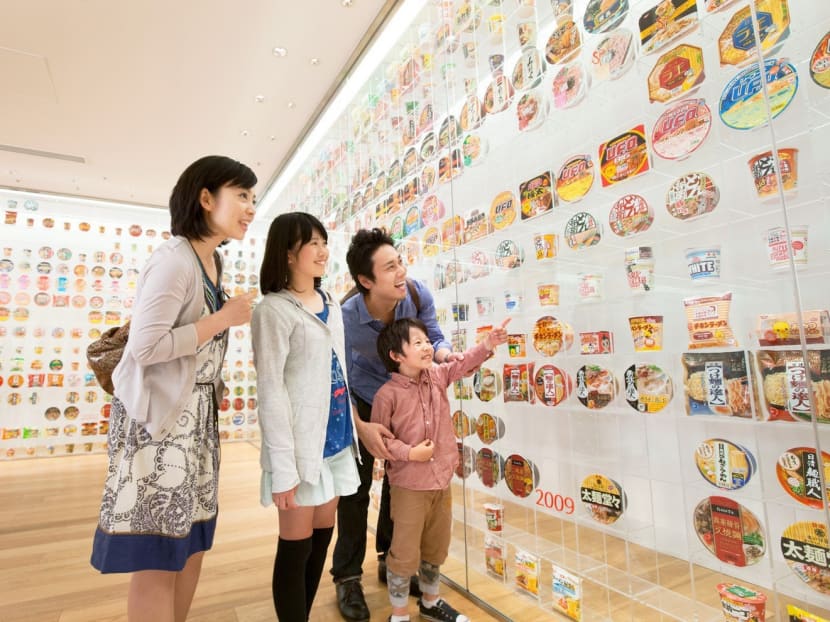
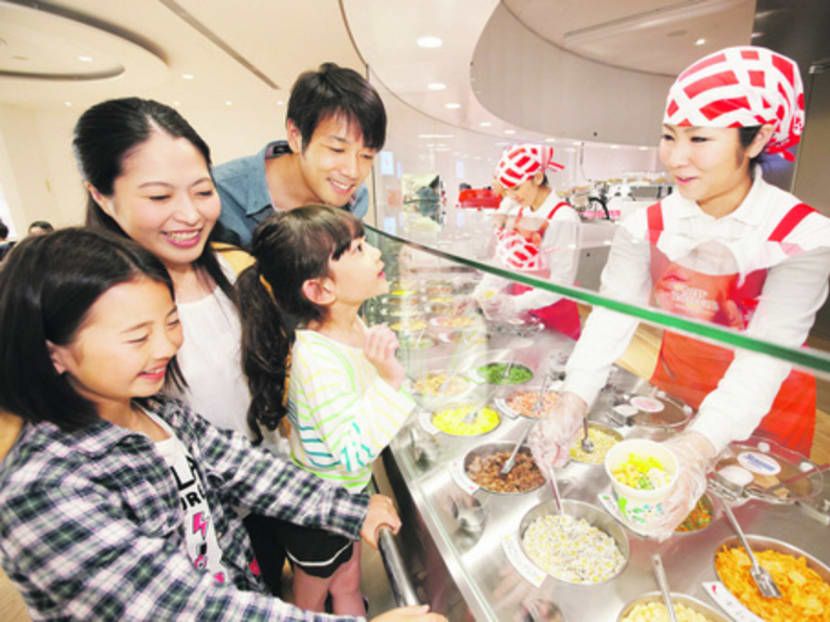
Oh cup noodles, how you have accompanied us through our travails all over the world. Many turn to you for a heart- and stomach-warming meal during wintry nights in hotels. Some of us bring back cartons as souvenirs, and would request for it on overnight flights the moment we smell another passenger having one. It is a love that has transcended borders and cultures.
Let’s face it, cup noodles are the failsafe Plan B when it comes to a quick ’n’ easy meal while travelling. For example, if you get into New York City and you’re hungry. Don’t lament that the eateries are all closed — just pop into a convenience store like 7-Eleven and pick up some cup noodles for some immediate sustenance. Cup noodles are also handy for parents with fussy kids who aren’t keen on trying dishes they’re not familiar with. A colleague who went on a kelong stay recalled how some dads whipped out these convenient meals-in-a-cup when their sons refused to eat what had been prepared because the curry was too spicy.
“We think what travellers love about eating cup noodles is that it’s easy to eat and that it’s hot,” said Eigo Ogiwara, managing director of Nissin Foods (Asia), stressing the point that while there are many types of portable food, “not many of them are hot and so easy to prepare”.
It is easy to see why people all over the world appreciate cup noodles, an ingeniously simple product born out of necessity in 1971 when Nissin founder and inventor of the instant noodles Momofuku Ando noticed how American consumers would break their instant noodles in half, put them in a cup and pour hot water over it.
Today, there are more than 100 flavours in the Nissin range, which are on display at the Cup Noodle Museum in Yokohama, and that is not counting seasonal (and sometimes bewildering) flavours such as taco (we are not kidding). Different countries also create original Nissin cup noodles offerings, revealed Ogiwara. India, for instance, has its own Mazedar Masala (roasted masala with curry leaves), Thailand boast the Moo Manao (Lime Pork) and Germany has its own cup noodles with champignon sauce. Here in Singapore, Nissin launched two new flavours last weekend — the Kyushu White and Thai Basil Chicken, bringing the total number of cup noodle flavours here to 12.
“Singapore is an important Southeast Asian market as consumers here are very sophisticated,” explained Ogiwara.
SAME BUT DIFFERENT
Ogiwara said that the various recipes found across many countries reflect each unique demographic, taking into account local taste buds. For example, the Kyushu White cup noodles uses a base made from chicken stock rather than the usual tonkotsu base made from pork. Even the seafood cup noodles you get in Singapore taste different from the version in Japan — the latter has a more delicate flavour, while being richer in texture.
Consumption patterns differ too. “In Singapore, cup noodles are usually eaten during lunchtime in the office; in Vietnam and India, cup noodles are consumed for breakfast; in the Philippines, 90 per cent of the sales come from the mini cup noodles, meaning Filipinos are eating cup noodles mainly as a snack; in Japan, diners have rice and instant cup noodles as their accompanying soup — yes, just like miso soup,” laughed Ogiwara.
Nissin has also taken note of how cup noodles fans have hacked their way into creating their own delicious versions, whether it is by adding some milk or breaking an egg into the mix. In fact, the Ice Cup Noodle Light launched in Japan three years ago was inspired by fans who added ice into their cup noodles after cooking it. There is even a milky version of this made by simply replacing the ice cubes with frozen milk cubes into the curry-flavoured cup noodles.
“There are many ways to enjoy cup noodles and in the Yokohama Cup Noodle Museum, you can make your own flavour. That’s very popular with tourists all over the world. It’s the biggest draw in the museum,” said Ogiwara.
And in case you are wondering, yes, Ogiwara packs cup noodles when he travels too. “Seafood flavour!” he added with a grin.





